Home>diy>Building & Construction>How To Get Construction Permit
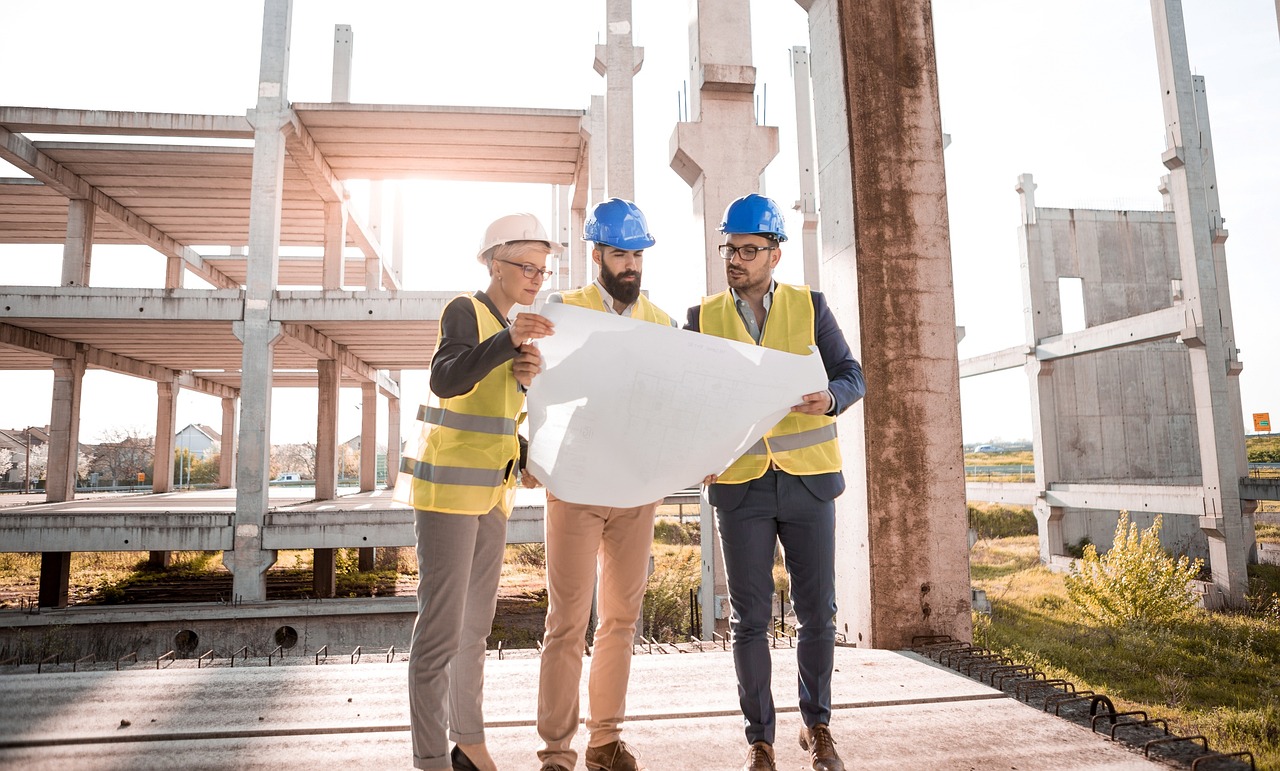

Building & Construction
How To Get Construction Permit
Modified: December 7, 2023
Learn the step-by-step process to obtain a construction permit for building construction. Gain insight and tips for a smoother permit application process.
(Many of the links in this article redirect to a specific reviewed product. Your purchase of these products through affiliate links helps to generate commission for Storables.com, at no extra cost. Learn more)
Introduction
Welcome to the world of construction! Whether you’re planning to build a house, renovate your existing property, or embark on a commercial construction project, obtaining the necessary permits is a crucial step in the process. Construction permits are official documents issued by local authorities that grant you permission to start and complete your construction project in compliance with safety regulations and building codes.
Understanding the construction permitting process can be overwhelming, especially if you’re new to the industry. In this article, we’ll guide you through the steps of obtaining a construction permit, ensuring a smooth and hassle-free experience.
It’s important to note that the specific permitting requirements may vary depending on your location and the scope of your project. However, the general steps remain consistent across most jurisdictions. By following this guide, you’ll gain a solid understanding of the overall process and be better prepared to navigate your local permitting system.
So, let’s dive in and explore the step-by-step process of obtaining a construction permit!
Key Takeaways:
- Navigating the construction permitting process involves understanding local regulations, preparing thorough documentation, and scheduling inspections. By following the steps outlined, you can confidently obtain the necessary approvals for your construction project.
- Researching local building codes, zoning requirements, and permit fees is crucial for a smooth permitting experience. Engage with professionals and adhere to regulations to ensure compliance and project success.
Read more: How To Get A City Permit For Construction
Step 1: Understand the Permitting Process
Before diving into the details of obtaining a construction permit, it’s crucial to understand the overall permitting process. This will give you a clear roadmap of what to expect and how to navigate through the various stages.
The construction permitting process can be divided into several key phases:
- Preparation: This involves researching the local rules and regulations, identifying the necessary permits, and gathering the required documents.
- Application: Once you’re prepared, you can submit your permit application to the appropriate local authorities.
- Review: The authorities will review your application, ensuring that it complies with all building codes and regulations.
- Inspections: During construction, inspections may be required at various stages to ensure compliance with safety standards.
- Final Approval: Once all inspections are complete and your project meets all requirements, you will receive final approval to proceed with construction.
Understanding these phases will help you stay organized and navigate the permitting process smoothly. Keep in mind that the timeline for receiving your construction permit can vary depending on the complexity of your project and the workload of the local permitting office.
By familiarizing yourself with the overall process, you’ll be better prepared to tackle the specific requirements and steps involved in obtaining your construction permit. Now, let’s move on to the next step: researching local rules and regulations.
Step 2: Research Local Rules and Regulations
Once you have a general understanding of the permitting process, it’s time to dive into the specifics of your local rules and regulations. Each jurisdiction has its own set of building codes, zoning requirements, and permit fees that you need to be aware of.
Start by visiting the website of your local building department or planning commission. They often provide valuable information and resources regarding the permitting process. Look for documents such as the building code, zoning ordinances, and permit application forms. These will serve as your guide throughout the process.
Here are some key points to consider when researching local rules and regulations for your construction project:
- Building Codes: Familiarize yourself with the specific building codes that apply to your project. These codes outline the minimum standards for construction, such as structural integrity, electrical and plumbing systems, fire safety, and accessibility provisions.
- Zoning Requirements: Check the zoning regulations for your property to determine the allowable land use, setbacks, height restrictions, and any special considerations for your project’s location.
- Permit Types: Identify the types of permits required for your project. This can include building permits, electrical permits, plumbing permits, and mechanical permits. Be sure to understand the scope and requirements of each permit.
- Restrictions or Special Conditions: Certain areas may have additional restrictions or special conditions due to environmental concerns, historical preservation, or other factors. Research if any of these apply to your project.
- Permit Fees: Determine the permit fees associated with your project. These fees vary based on the size and complexity of the construction, and they are often calculated based on the valuation or square footage of the project.
By thoroughly researching local rules and regulations, you’ll have a solid foundation for the next steps. It’s important to have a clear understanding of what is required to ensure compliance with the law and avoid complications or delays during the permitting process.
Once you have gathered all the necessary information, it’s time to move on to step 3: preparing the required documents for your construction permit application.
Step 3: Prepare the Required Documents
Now that you have a good grasp of the local rules and regulations, it’s time to gather the necessary documents for your construction permit application. These documents will vary depending on the scope and complexity of your project, but there are some common requirements to consider.
Here are some key documents you may need to prepare:
- Building Plans: Detailed architectural and engineering plans are essential for obtaining a construction permit. These plans should include floor plans, elevations, cross-sections, and any necessary structural calculations.
- Site Plan: A site plan provides an overview of your property and shows the location of the proposed construction. It should include dimensions, setbacks, and details of the existing structures, utilities, and any easements.
- Construction Specifications: Detailed specifications outline the materials, construction methods, and finishes to be used in your project. This helps ensure compliance with building codes and provides clarity to the reviewing authorities.
- Energy Efficiency Documentation: In some jurisdictions, you may be required to provide energy efficiency documentation, such as energy calculations or compliance with green building standards.
- Survey: Depending on the nature of your project, a land survey may be needed to accurately depict the boundaries, topography, and other site-specific details.
- Insurance Certificates: Some jurisdictions may require proof of insurance coverage, such as liability insurance, to protect against potential construction-related risks.
- Permit Application Form: Obtain the official permit application form from your local building department and complete it with accurate and detailed information.
It’s important to note that these are general documents, and specific requirements may vary based on your location. Refer to the guidelines provided by your local authorities or consult with a professional architect or builder to ensure you have all the necessary documents in order.
Once you have gathered the required documents, carefully review them for accuracy and completeness. Having organized and well-prepared documentation will streamline the review process and increase your chances of receiving a timely permit approval.
With your documents ready, it’s time to move on to step 4: submitting the permit application.
Step 4: Submit the Permit Application
Now that you’ve prepared all the required documents, it’s time to submit your construction permit application. This step is crucial, as it initiates the review process by the local authorities.
Here are some important steps to follow when submitting your permit application:
- Review the Application: Before submitting, carefully review your application form and ensure that all information is accurate and complete. Double-check that you have included all the necessary supporting documents.
- Contact the Permitting Office: Reach out to the local building department or permitting office to confirm the submission process. They can provide guidance on the accepted methods of submission, such as online portals, mail, or in-person drop-offs.
- Submit the Application: Follow the specified submission method and provide all required documents, including the completed application form, architectural plans, site plans, and any additional supporting material. Keep copies of all submitted documents for your records.
- Pay the Application Fee: Along with your application, you will typically be required to pay an application fee. This fee covers the administrative costs associated with processing your permit application. Make sure to include the payment in the correct format and follow any specific instructions.
- Obtain a Receipt or Confirmation: Once your application is submitted, make sure to obtain a receipt or confirmation from the permitting office as proof of submission. This will be useful for tracking the progress of your application.
After you’ve submitted your application, there may be a waiting period before it undergoes the review process. The duration of this wait time can vary depending on the workload and policies of the local authorities.
During the review period, the authorities will carefully examine your application and supporting documents to ensure compliance with building codes and regulations. They may also consult with other departments or agencies for their input and expertise.
It’s important to be patient during this stage and be responsive to any requests for additional information or modifications to your plans. The more efficiently you address any concerns, the smoother the permit approval process will be.
Now that you have submitted your permit application, let’s move on to step 5: paying the permit fees.
Before applying for a construction permit, make sure to thoroughly review the local building codes and regulations to ensure that your project complies with all requirements. This will help streamline the permit approval process.
Read more: How To Get A Building Permit For A House
Step 5: Pay the Permit Fees
Once you’ve submitted your construction permit application, you will need to pay the associated permit fees. These fees cover the costs of reviewing your application, conducting inspections, and processing the permit.
Here’s what you need to know about paying permit fees:
- Review the Fee Schedule: Most local authorities provide a fee schedule that outlines the specific fees associated with different types of construction projects. The fees are typically based on the size and complexity of the project.
- Calculate the Fees: Calculate the total permit fees by multiplying the applicable fee per unit (such as the square footage or valuation) by the corresponding quantity. Make sure to include any additional fees or surcharges that may apply.
- Payment Methods: Determine the accepted payment methods for permit fees. Most jurisdictions accept payment by check, credit card, or electronic funds transfer. Follow the specific instructions provided by the permitting office.
- Submit the Payment: Make the payment for the permit fees in the required format and amount. Attach the payment to your application or follow the instructions provided by the permitting office. Keep a copy of the payment receipt for your records.
- Check for Fee Updates: It’s important to be aware that permit fees may change over time. Before submitting your payment, double-check the fee schedule to ensure you are paying the correct amount.
Keep in mind that the permit fees are an essential part of the permitting process. Failure to pay the required fees may result in delays or the rejection of your permit application.
Once you’ve paid the permit fees, the permitting office will process your payment and continue with the review of your application. The approval of your construction permit is contingent upon the successful payment of all necessary fees.
Now that you’ve completed step 5, let’s move on to step 6: scheduling inspections.
Step 6: Schedule Inspections
Once your construction permit has been approved and you’ve started the construction process, it’s important to schedule and undergo inspections at various stages of the project. Inspections ensure that the construction is being carried out according to the approved plans and in compliance with building codes and regulations.
Here’s what you need to know about scheduling inspections:
- Understand the Required Inspections: Familiarize yourself with the types of inspections that are required for your specific project. This may include foundation inspections, framing inspections, electrical inspections, plumbing inspections, and final inspections.
- Contact the Building Department: Reach out to your local building department or permitting office to schedule inspections. You may need to provide specific information such as the permit number, project address, and the type of inspection needed.
- Give Adequate Notice: Schedule inspections well in advance to ensure that the building department has enough time to accommodate your request. Provide adequate notice and allow for any required lead time specified by the department.
- Be Prepared for Inspections: Before the scheduled inspection, ensure that the work to be inspected is complete, accessible, and meets the necessary safety requirements. Have the approved plans and any relevant documents on-site for reference.
- Attend the Inspection: It’s highly recommended to be present during the scheduled inspections. This allows you to address any questions or concerns the inspector may have and to gain valuable insights into the compliance of your construction project.
- Address Deficiencies: If any deficiencies or violations are identified during the inspection, promptly address them and make the necessary corrections. Consult with the building department or a qualified professional to ensure that the necessary steps are taken to rectify the issues.
- Obtain Approval: Once the inspector determines that the construction meets all requirements, you will receive approval for that particular stage of the project. You may need to obtain multiple approvals at various stages before proceeding further.
Following the proper inspection process is crucial to ensure that your construction project is safe, compliant, and up to code. Failing to schedule and pass inspections could result in delays or, in some cases, legal consequences.
With the inspections successfully completed and approvals obtained, you’re one step closer to completing your construction project. Let’s move on to the final step of obtaining a construction permit: receiving the permit itself.
Step 7: Receive the Construction Permit
Congratulations! You’ve made it to the final step of obtaining a construction permit – receiving the permit itself. This is an exciting milestone as it grants you official permission to proceed with your construction project.
Here’s what you need to know about receiving the construction permit:
- Notification: Once all necessary inspections have been completed and your project is deemed compliant with building codes and regulations, the permitting office will notify you that your permit is ready for pick-up or may be sent to you via email or mail.
- Pick-Up or Delivery: Follow the instructions provided by the permitting office to either pick up your physical permit or receive it electronically. If you’re required to pick up the permit in person, make sure to bring identification and any required documentation.
- Review the Permit: Carefully review the permit to ensure that all the project details are correct, including the project address, permit number, approved plans, and any special conditions or restrictions.
- Display the Permit: Once you’ve received the permit, it’s important to prominently display it at the construction site. This makes it easily visible to authorities and demonstrates that you have obtained the necessary approvals to carry out the construction work.
- Comply with Permit Conditions: It’s crucial to adhere to the conditions and requirements stipulated in the construction permit. Failure to comply with these conditions may lead to penalties, delays, or even a revocation of the permit.
- Keep the Permit Accessible: Throughout the construction process, keep the permit and approved plans easily accessible on-site. This allows inspectors or authorities to verify compliance during future site visits.
Receiving the construction permit is a significant achievement, as it signifies that you have met all the necessary requirements and are legally authorized to proceed with your construction project. It’s important to respect the terms of the permit and operate within the guidelines set forth by the permitting office.
Remember, construction permits are typically valid for a specific period of time. If your project extends beyond the permit’s expiration date, you may need to apply for an extension or renew the permit to ensure continued compliance.
With the construction permit in hand, you can confidently move forward with your construction project, knowing that you have obtained the necessary approvals. We hope this step-by-step guide has provided valuable insights and guidance throughout your permitting journey.
Best of luck with your construction project!
Conclusion
Obtaining a construction permit may seem like a complex and daunting process, but with the right knowledge and approach, it can be navigated smoothly. Understanding the permitting process, researching local rules and regulations, preparing the required documents, submitting the permit application, paying the permit fees, scheduling inspections, and ultimately receiving the construction permit are the key steps involved.
Throughout this guide, we’ve emphasized the importance of thorough research, careful preparation, and adherence to building codes and regulations. Each step plays a crucial role in ensuring the success of your construction project and compliance with safety standards.
Remember to consult with professionals such as architects, engineers, or experienced contractors who can provide guidance and expertise specific to your project. They can help answer any questions you may have and ensure that you’re following the correct procedures.
By following the steps outlined in this guide, you’ll be well-equipped to navigate the permitting process and obtain the necessary approvals for your construction project. It’s important to exercise patience, as the timeline for receiving a permit can vary depending on the complexity of the project and the workload of the local permitting office.
Overall, obtaining a construction permit is a critical step in ensuring the safety, compliance, and success of your construction project. By adhering to the regulations and guidelines set forth by local authorities, you can proceed with confidence, knowing that your project meets all requirements.
We hope that this comprehensive guide has provided valuable insights, practical advice, and a better understanding of the construction permitting process. Now, armed with this knowledge, you’re ready to embark on your construction project and bring your vision to life!
Frequently Asked Questions about How To Get Construction Permit
Was this page helpful?
At Storables.com, we guarantee accurate and reliable information. Our content, validated by Expert Board Contributors, is crafted following stringent Editorial Policies. We're committed to providing you with well-researched, expert-backed insights for all your informational needs.


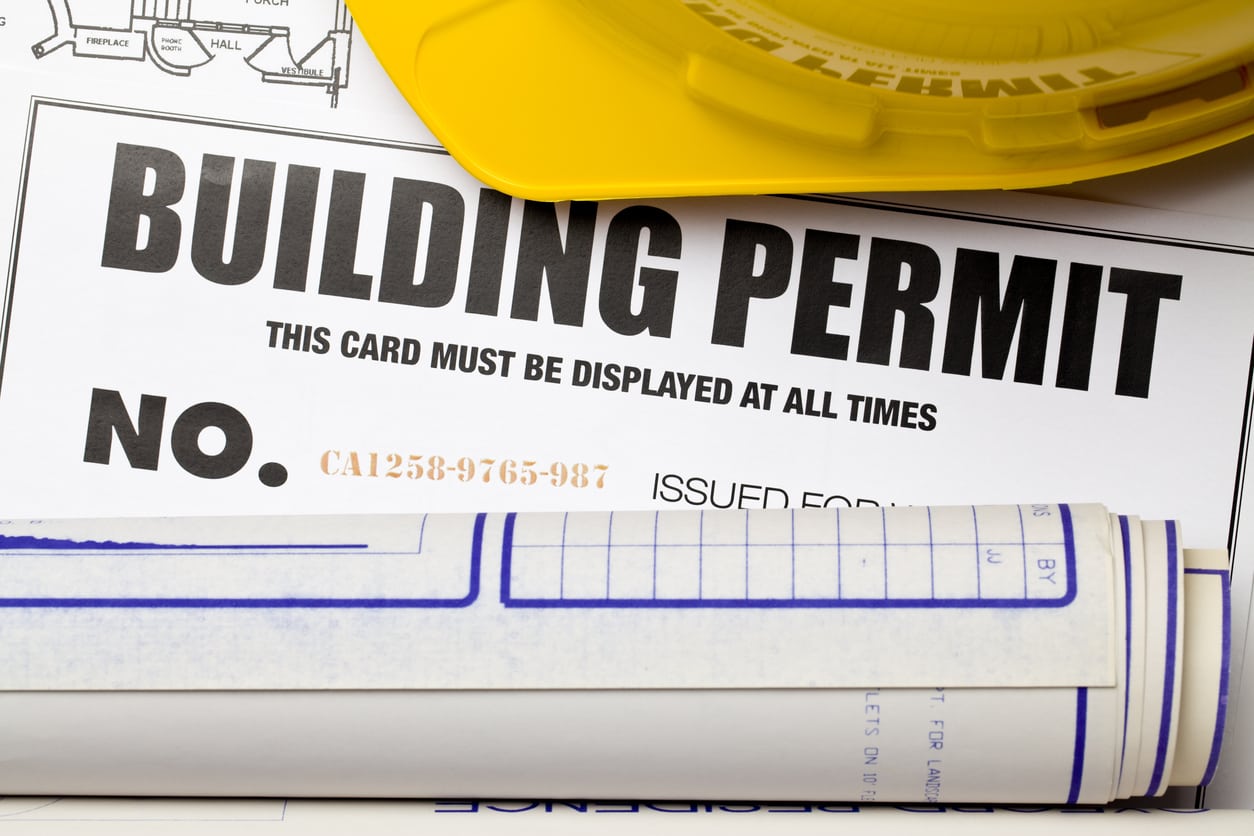
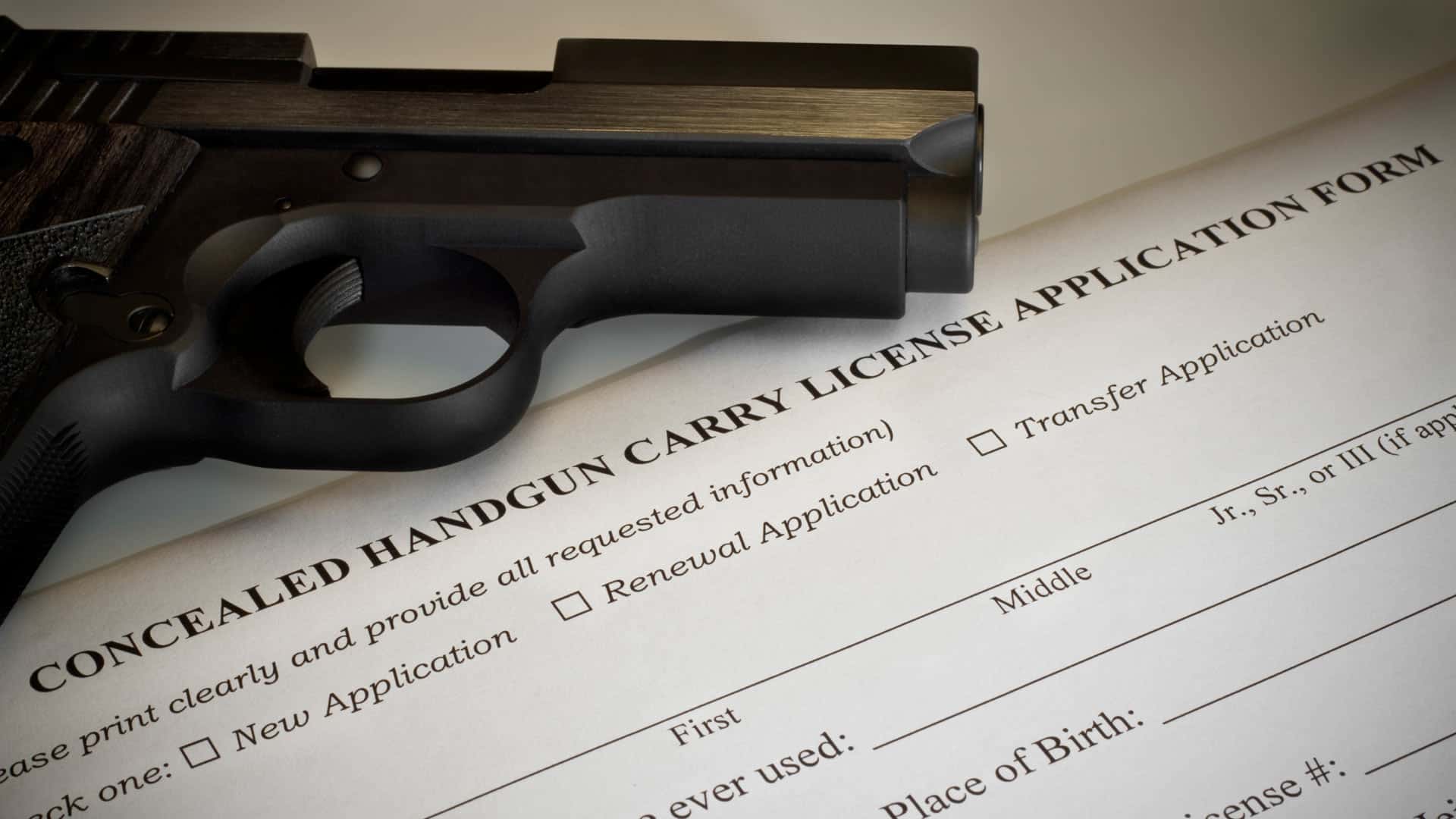
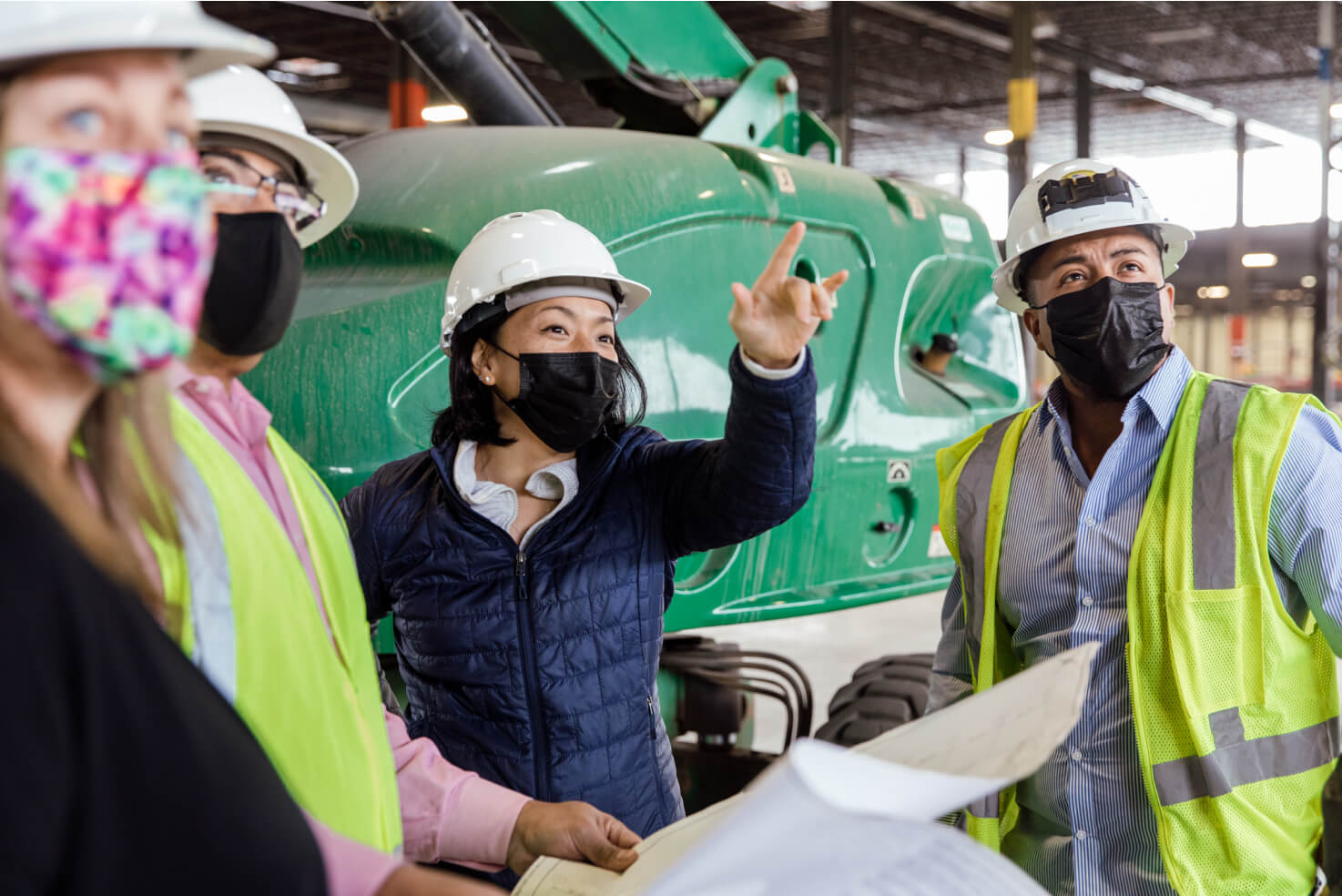

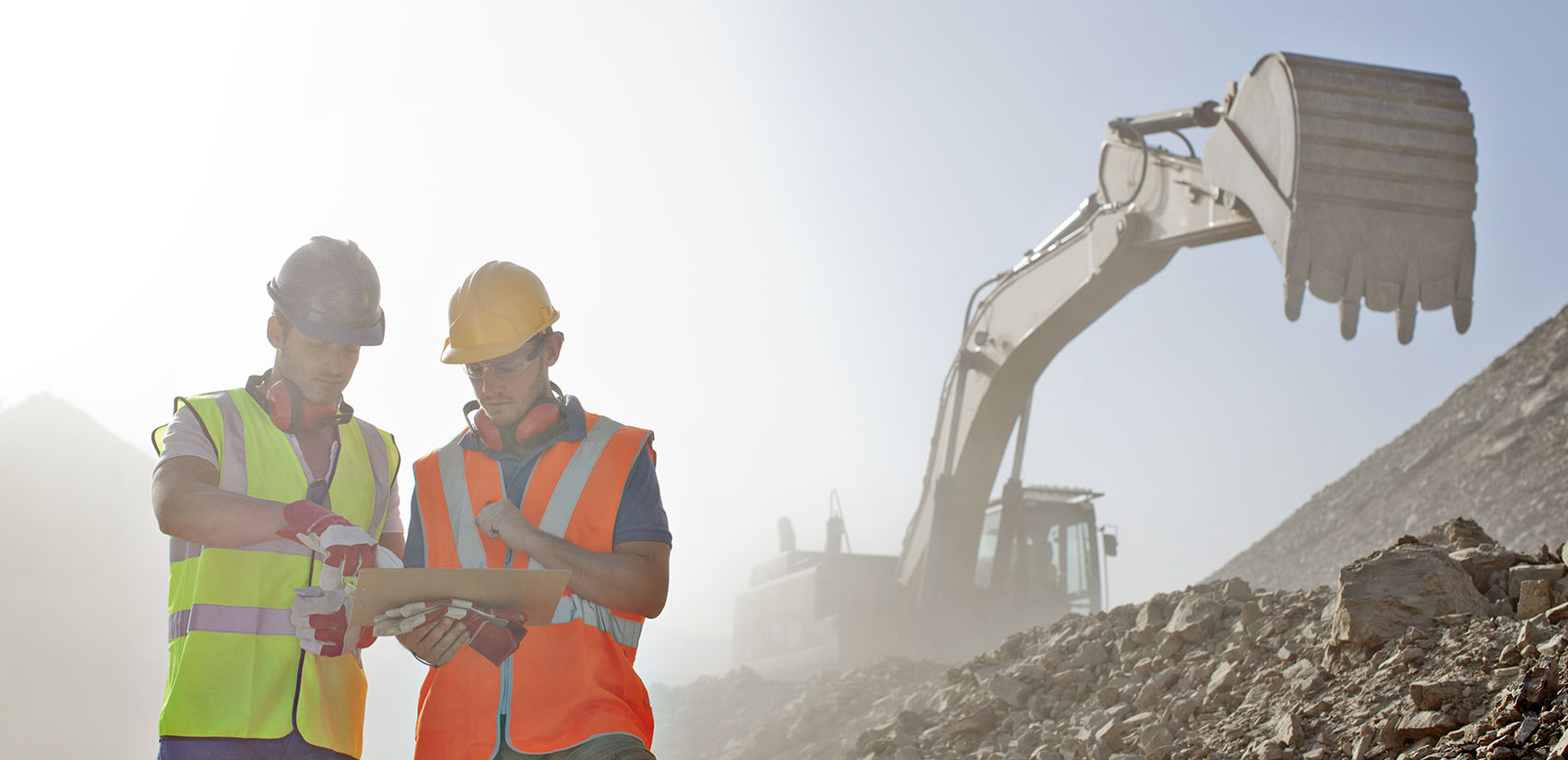
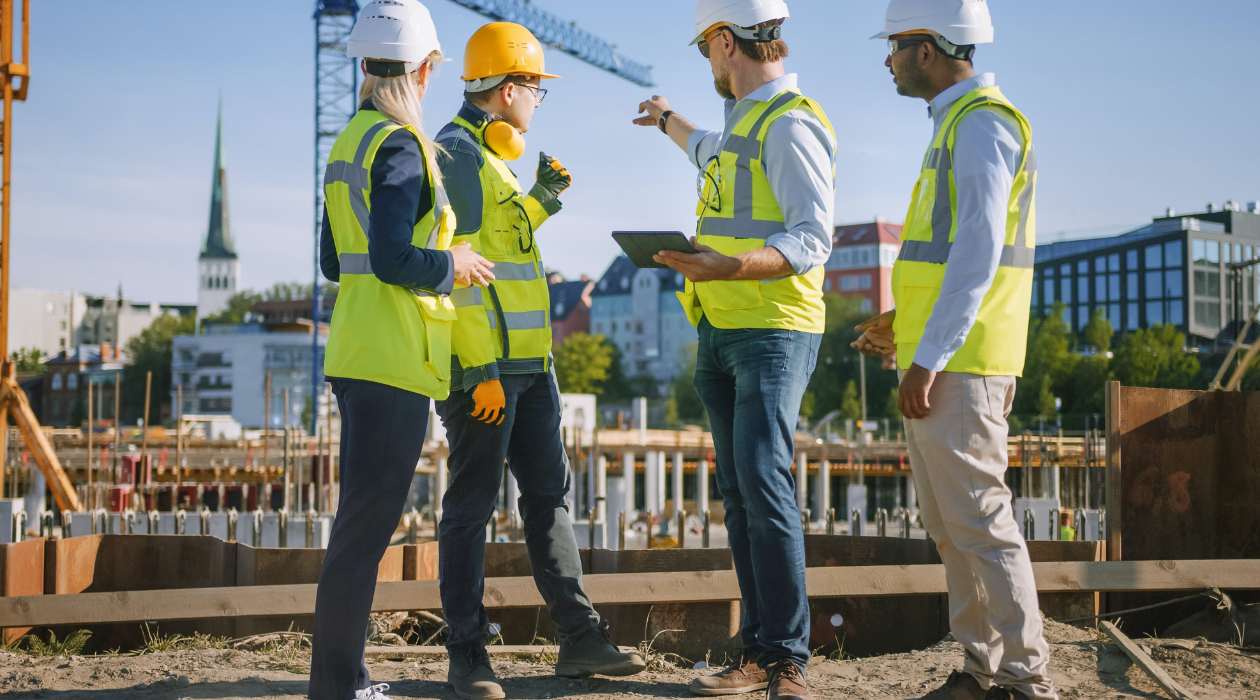


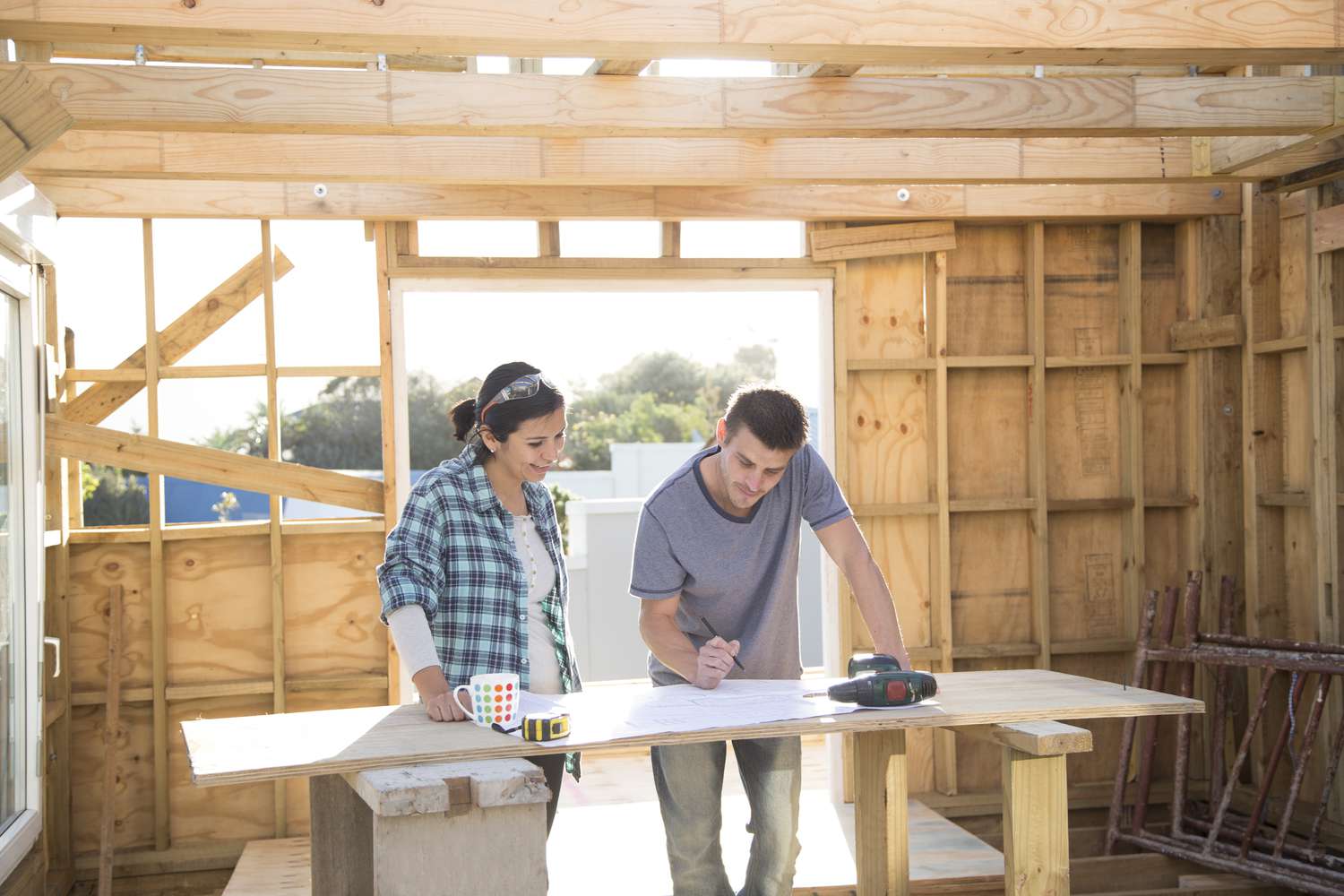
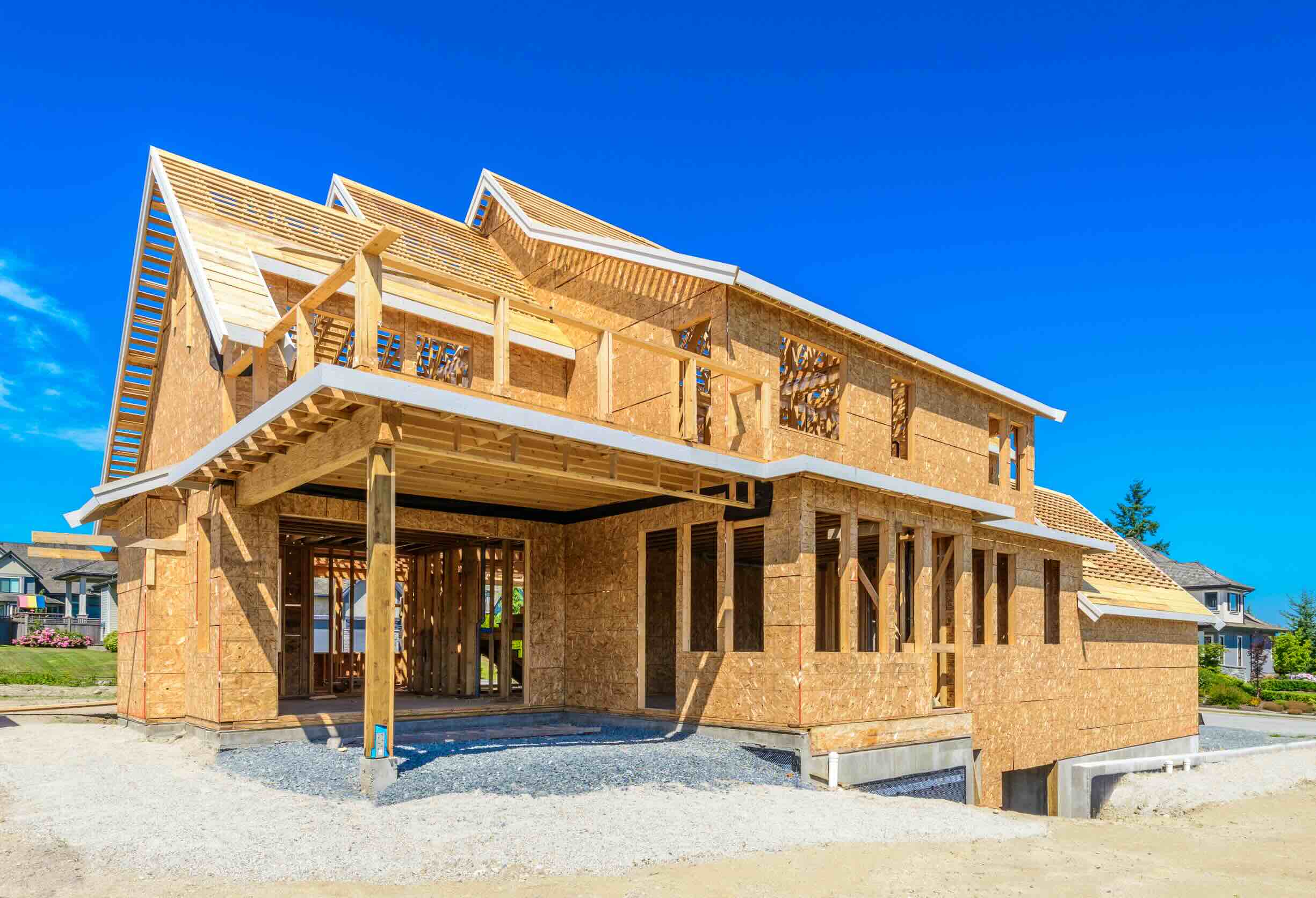
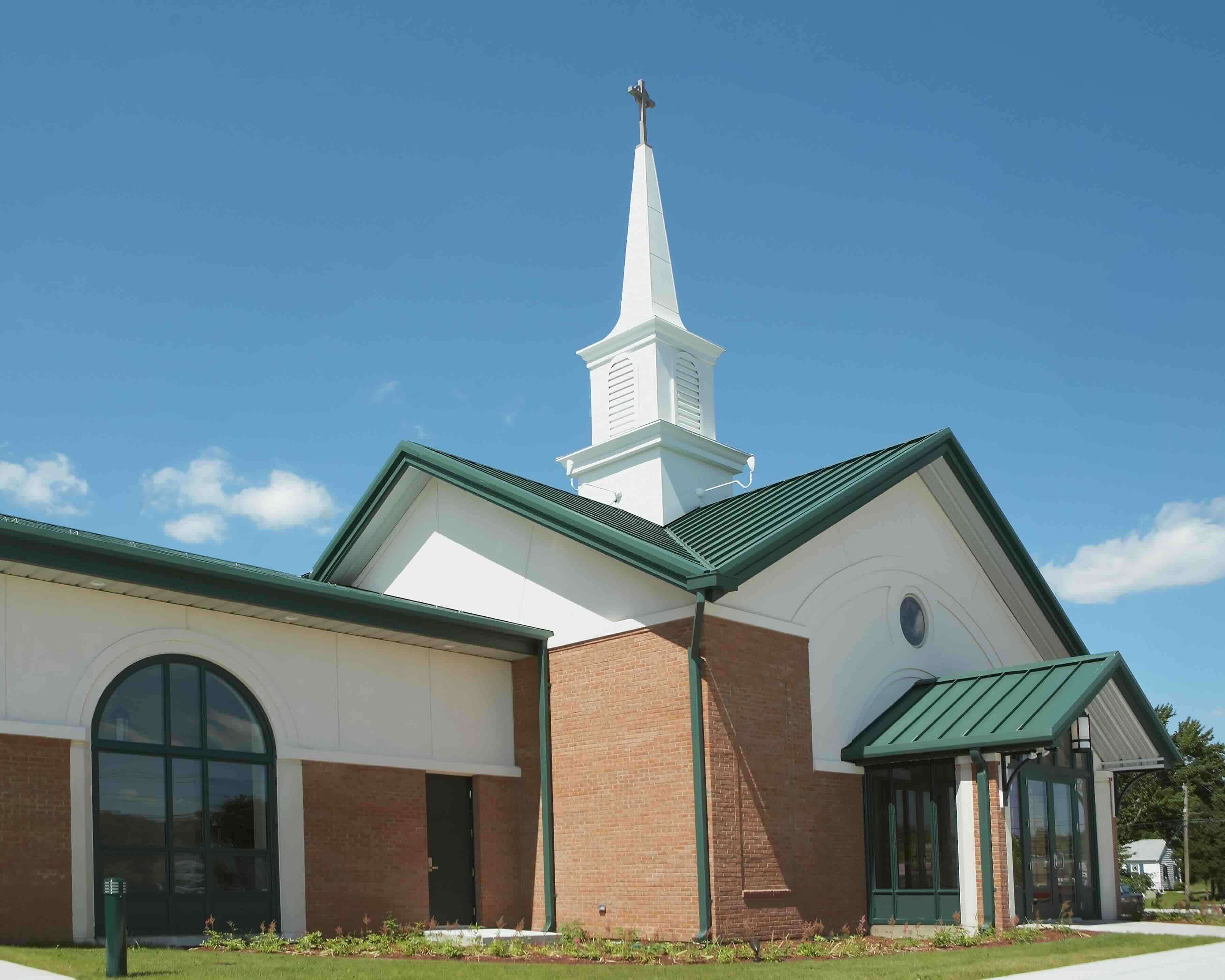


0 thoughts on “How To Get Construction Permit”